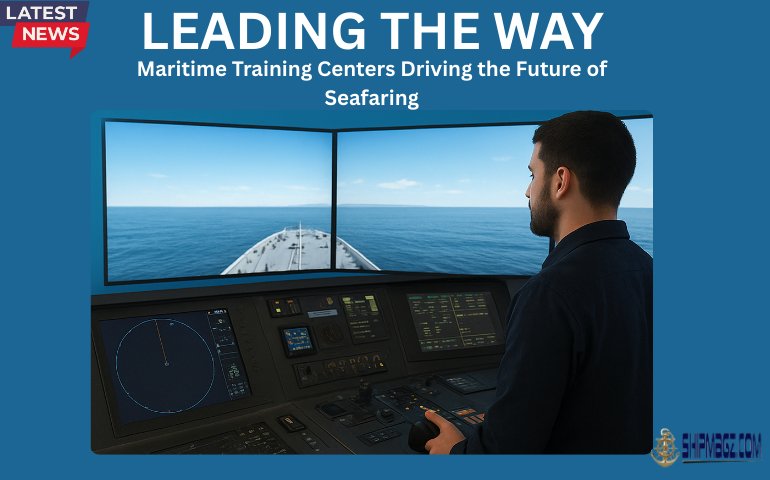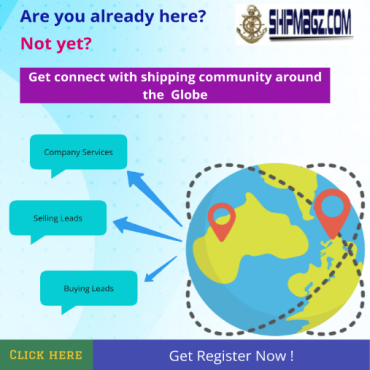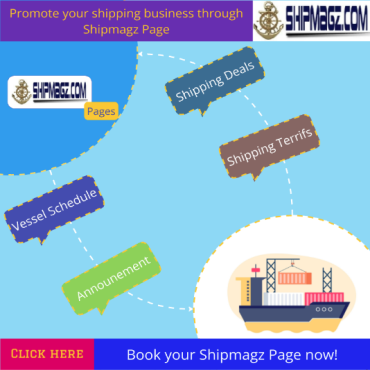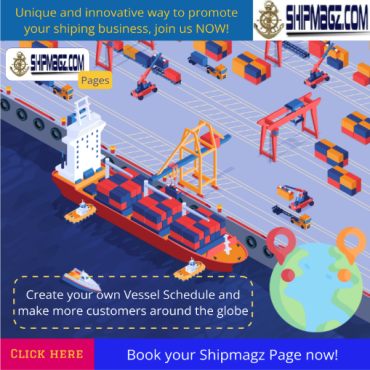Leading the Way — Maritime Training Centers Driving the Future of Seafaring

1. Importance of Maritime Training
Seafarers are the backbone of global trade, but their expertise is built through years of sea time and structured training. Rigorous STCW courses and advanced simulations have drastically improved safety, saving lives, cargo, and money.
2. High-Tech Education
Solent University’s Warsash Maritime School (UK): Pioneer in bridge, engine room, and liquid cargo simulators. New cadets undergo a government-approved 10-day simulator program equal to 30 days of sea time.
MITAGS (USA): Offers cutting-edge simulator services, VR headsets, and cloud-based training, reducing time and travel costs.
STAR Center (USA): Provides flexible online training for mid-career officers.
Calhoun MEBA Engineering School (USA): Hands-on simulation for propulsion, LNG systems, and electronic controls.
3. Making Training Engaging
India’s MarinePALS uses mobile-friendly videos, gamified modules, and app-based engagement inspired by TikTok & YouTube. This approach appeals to younger seafarers with shorter attention spans, encouraging interactive learning and competitions.
4. Learning at Sea
Institutions like the U.S. Merchant Marine Academy and state maritime academies combine simulator training with real sea experience. The new NSMV (National Security Multi-Mission Vessel) program delivers modern training ships, enhancing education and recruitment.
5. Policy and Infrastructure
The U.S. Maritime Administration’s collaboration with Philly Shipyard and TOTE Maritime kept vessel costs efficient and the NSMV program on track — ensuring the long-term success of maritime education infrastructure.










